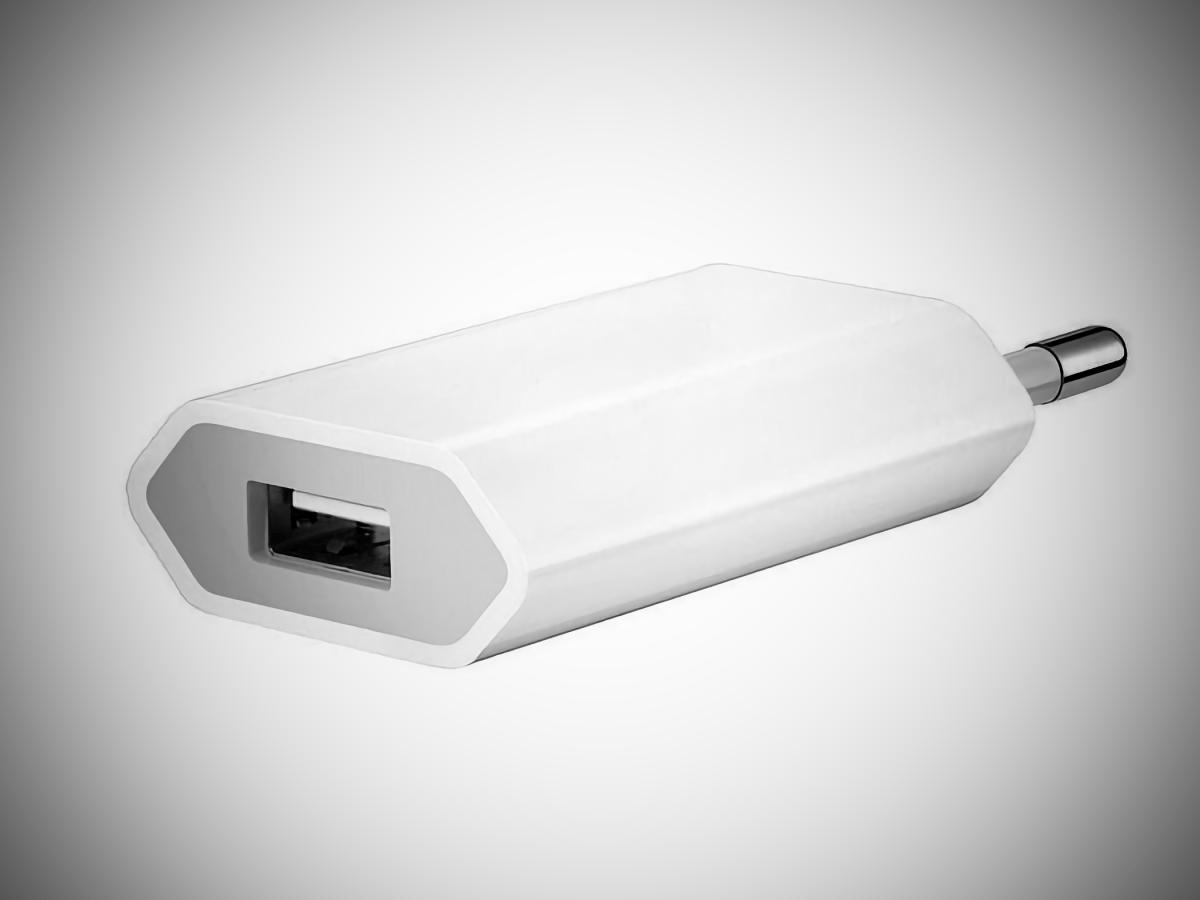For us, space travel has long been more than just a dream.Build the infrastructure, and the ground data recording station will be added in November - ...
When the abundance of the world's energy to make the energy to human desire, we turn to the vision.The first assembly, designed for the free world by the high-level business, will begin in November in November.
NVIDIA Plans to send a 60kg satellite to space soon with Startup Staitargoud - Gamers know well.It's a super-fast GPU—and it's ushered in a new era of orbit.
Data centers in sunset orbit
No other industry has to store data centers, manage AI Clouds, but environmental, land and energy costs are making people uncomfortable.
The StarCloud star - originally seen as Lumen Orbit - from the US wants to provide a solution to this with NVIDIA: Instead of central data.The first test, which is expected to increase the power of the prototype in space by a time 100, will begin in November on the space-X rocket.
Starcloud-1 wiegt rund 60 Kilogramm und enthält als Herz eine einzelne Nvidia H100-GPU, die auf Erden zu Tausenden in Rechenzentren werkelt. Eine Kernaufgabe stellen Training sowie der Betrieb von KIs dar. Noch nie zuvor umrundete derart leistungsstarke Hardware die Erde. Das Ziel: Die Machbar- sowie Sinnhaftigkeit solcher Weltraum-Server-Zentren beweisen.
Starcloud-1's computing power must also serve a real purpose, not just demonstrate the fundamental suitability of the concept.Gemma, an open AI model, will run on GPUs.It is intended to show that a large language model can run even on hardware that is small compared to the plans.
We also show that the neural network works under space conditions (e.g. radiation and microgravity).The demonstrator also plans to use direct communication to take over computing tasks from other satellites on a trial basis.After all, this is why Starcloud was created.It is the center of the future ground-to-orbit data environment.
All signs now point to the end of November, when StarCloud-1 will launch into Spacex's "bandwagon 4" space.The last type - true to both names - is a collection of several small loads that will start traveling on a common day to split the cost.With each, they are still too small and light for the Falcon 9 rocket. But together they fill the cargo space enough.
Everyone involved in such an incident has only one cost: waiting time.It may take some time until everything is done and SpaceX has installed the entire package and made the necessary plans.This is why further delay cannot be controlled.
The test mission is planned for 11 months.A satellite burnup is routine for systems in low Earth orbit (see foldout chart below).
Why Orebit data centers are setting up shop
Basically there are X good reasons to outsource data centers to orbit, and this can be understood at will according to numerous studies:
- extreme control power for computers, cooling systems, etc.
- Boarding solution: solar panels
- The desired orbit is therefore a sun-synchronous orbit (SSO), more precisely at the equinox.Starcloud-1 is supposed to follow twilight to receive continuous sunlight on its unfolding panels, which are up to 4 x 4 meters in size.
- Solutions in space: solar panels
Please click/tap to expand
- Underground circuit (today):
- Altitude: 160-2000 km
- Main use: Satellite Internet, such as SpaceX Starlink, Earth observation, science
- Medium Earth Orbit (MEO):
- Uref: 2000-35785 km
- Main use: navigation satellites (e.g. GPS, Galileo)
- Sonnen synchronizer orit (SSO):
- Altitude: 600-800 km
- Main Uses: Ground Observation, Climate Research
- Special feature.SSO satellites always pass every point on Earth at the same local solar time (sun position).Lighting conditions (such as sun angle) always remain the same for that location, ideal for imaging tasks.
- Geostationary Earth Orbit (GEO):
- Height: approximately 35,786 km
- Main use: communication satellite, weather satellite
- Special characteristic: Its characteristic is its fixed position relative to the Earth.The satellite moves in its orbit at the same speed at which the Earth rotates beneath it.Therefore, it remains fixed, as it were, at some point in the sky, although so small that no one can see it with the naked eye.But theoretically, the satellite could see you at an altitude of 36,000 kilometers, directly from your bed.
- Cemetery (travellers' cemetery)
- Altitude: Approximately 200-300 km above geostationary orbit.Figardyard orbits are typically located at an altitude of 36,000-36,300 kilometers.
- Primary Use: Satellites are moved here after they are decommissioned.Low atmospheric friction ensures extremely long stay.Satellites in lower orbits (LEO/MEO) usually burn up in the atmosphere at some point.However, researchers fear future damage to the ozone layer due to the large number of dead LÖINKLINK objects.
- Hochorbit (HEO):
2.1 seconds: 1.5 seconds, 100 degrees.
- Main application: This is the scientific mission of science
- Special feature: Extremely elliptical (oval-shaped) tracks
- Polar orbit (special case of Leo/Mevi):
- Altitude: usually 200-1000 km
- Main uses: earth observation, spy satellite, environmental monitoring
- Special feature: It also flies over the poles and therefore covers the entire Earth in several orbits.
- High water requirements: Water is used in addition to air for cooling buildings and computers.
- Answering in the space: Nothing, the effort will be better.However, there is an even better change: frustration.The heat from the system is generated by heat transfer, which is real light.Because of this, the temperature can rise to the point where it is almost impossible to melt the space in space.The process is important
.The above envect is also in the environment but its performance is low.
- Can completely avoid solar radiation.Because of the radiatorThe cooling element (cooling element) is located on the side of the satellite facing away from the Sun.This means that there is virtually no light (it survives through reflection) and energy received from the outside reaches the external components, where it is heated internally and radiated.
- Solution in space: Water has no place here, the effort would be too great.However, there is a much more effective alternative: infrared radiation.The heat from the system is transferred to the external heatsinks, which in turn literally glow.The resulting thermal energy is transferred to the virtually inexhaustible reservoir of vacuum volume in the room.The process is called
- Space requirements: Buildings require space, mostly horizontally, as multi-story construction is often quite inconvenient and difficult to accommodate server racks.
- Solutions in the room: Recognize less problems, of course it's not, it will be physical, but planning is not enough - that's all.
At the same time, the rocket naturally emits a lot of carbon dioxide into the atmosphere.However, comparing the total costs of resources, energy, and land for classic data centers puts them in perspective.This is one of the reasons why Philip Johnston, CEO of StarCloud, believes in their plans and is confident in the future of this new space computing unit.
In ten years, almost all data centers will be built.
The Future of StarCloud
But StarCloud's long-term goal goes far beyond a mini-satellite: the 4x4 kilometer solar sails are designed to power modular data centers with several gigawatts of oceanic applications.
It will replace it, starcloud-2, using NVidia's new platform, that is Blackwell.Compared to H100 H100 and H100, the company wants to increase the efficiency of about 10. But it can sound like 10.
It could prove tailor-made for Starcloud's mission to move an industry with enormous potential but an equally enormous footprint in space.
The new chip could be used to transfer data in data centers, from which its creators expect great things: data transfer performance many times better with only a fraction of the previous energy required.
But why aren't high-end chips the norm in the space?
To put it mildly, old but very flexible and flying.The things we use in sports or shopping malls are not made in space, because: radiation.
Because even if the increased exposure to charged particles begins only thousands of kilometers higher, Starcloud-1 or its successors, all its successors, will be exposed to a significantly higher dose than on Earth.This could cause data errors or even permanent damage.
In addition to the protection mechanisms of the H100 GPU bell on the local computer, Starcloud relies on a multi-body system.Among other things, the 3 mm aluminum housing prevents many particles.Below are some protective features that specifically protect critical areas such as VRAM.
Ultimately, Starcloud is about much more than just an expensive rocket launch to appease wealthy investors.Under the hood of this inconspicuous little satellite, we are testing the building blocks for one of the most important puzzles of humanity's global technical-economic future.
Only logged in users can comment and rate.
Your comment has not been saved.This could be due to the following causes:
1. The comment is longer than 4000 characters.
2. You tried to send a message within the ten second text limit.
3. Your comment has been marked as spam.Please see our instructions for creating comments.
4. You do not have the required write permissions or have been banned.
If you have questions or concerns, please use our contact form.
Just log in and users can answer questions and prices.
Only added members can comment and provide additional content.








